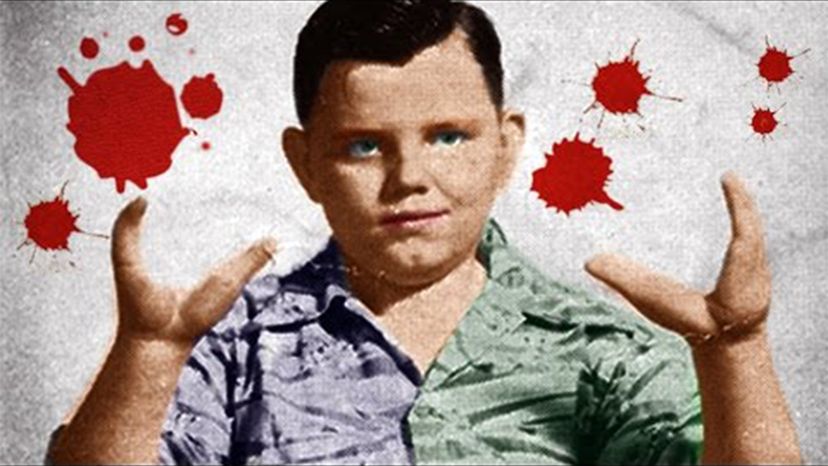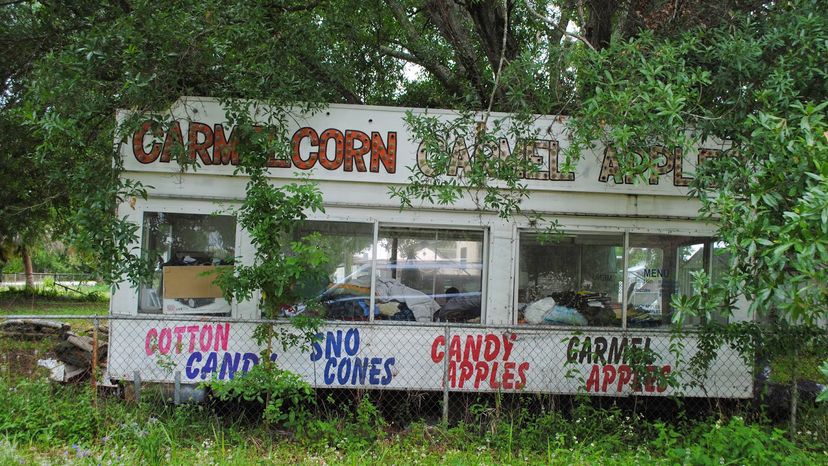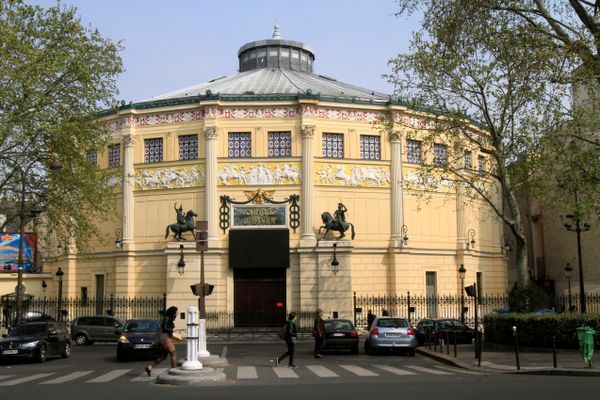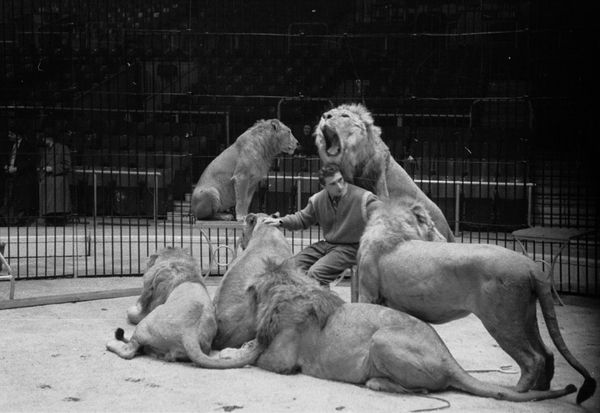Starting in the late 1930s, Gibsonton became the place they called home when not traveling with the carnival and by 1967, about 100 freaky folk and about 1,000 "carnies" lived there.
"There were many characters," says David "Doc" Rivera, a retired carnival owner who runs the International Independent Showman's Museum, which opened in Gibtown in 2012. "You had to be a character to be in this business."
"There were two ways to get in the [carnival] business," he says. "You had to be born into it or to have a personal misfortune."
Percilla the Monkey Girl was born with hypertrichosis, a condition in which dark hair covers the body and face, gums are enlarged and, as in Percilla's case, two sets of teeth appear, according to the Showman's museum. At the Johnny J. Jones Exposition in the late 1930s she met Emmitt the Alligator-Skinned Man, whose condition, called ichthyosis, created a covering of thick, scaly skin all over the body. Both had been adopted by sideshow operators and exhibited from an early age, a not uncommon practice in the early 1900s for those with physical deformities. The two fell in love and married and were mainstays in Gibtown for the rest of their lives.
Al and Jeanie Tomaini were the first carnies to settle in the area, arriving in the late 1930s. He was known as Al the Giant and is said to have stood more than 8 feet (2.4 meters) tall because of the condition known as gigantism. She was born without legs and was only 2 feet 6 inches (0.79 meters) tall. The two married and toured as The World's Strangest Married Couple. They bought acreage on the river and opened a restaurant and fish camp they called Giant's Fish Camp, legendary to this day in Gibtown.
"Every summer my parents would leave and go on the road, make some money, and come back," wrote their daughter Judy Tomaini Rock. Others in the carnival business joined them and Gibtown became the place where circus people felt at home.
Gibtown was only 45 miles (72 kilometers) from Sarasota, the winter home of the Ringling Brothers and Barnum & Bailey Circus. Hillsborough County was friendly to the carnies, giving them permission to keep wild animals, trailers and carnival rides in their yards. "We can have carnival equipment," says Rivera, because of a special residential show business zoning permit created by the county.




